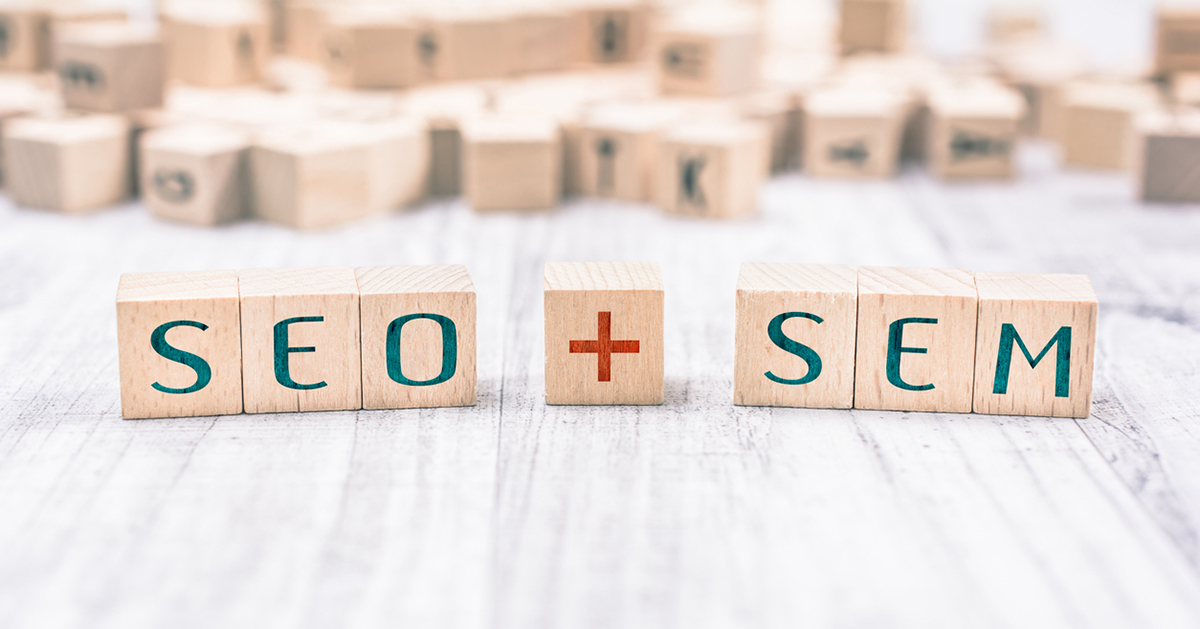More than five billion people search Google every day to research products and services before buying or to understand more about their problems, interests, news, etc. This makes search engines very important for marketing and selling products and services.
Businesses, large and small, are now finding ways to appear on top of search results pages (SERPS) using two types of search marketing: search engine marketing and search engine optimization. While these two serve almost similar purposes, they vary significantly in terms of execution.
Search Engine Optimization vs. Search Engine Marketing
Search Engine Optimization (SEO) is an organic search marketing technique used to boost a website’s online visibility to rank on top of the search engine results pages. SEO boosts the site’s organic traffic, increasing the number of leads and potential customers.
On the other hand, search engine marketing uses paid search or pay-per-click (PPC) advertising to make the site appear on top of the search results. PPC advertising involves running ad campaigns using the Google Adwords platform.
Google will return organic search results containing the most relevant content that answers the user’s question for every Google search.
However, you’ll find that some sites appear with an Ad designation for most competitive keywords, mainly on top of the organic search results. Such sites use search engine marketing, meaning they pay their way to the first page of Google.
Below are the other differences between search engine marketing and SEO.
- With search engine marketing, you pay each time a user clicks on your Ad, while SEO is free.
- Search engine marketing shows Ads to a select targeted audience while SEO shows search results to everyone.
- Search engine marketing has a lower click-through-rate and provides little value overtime than SEO.
- Search engine marketing offers immediate results, while SEO takes a long-term approach. Research shows that approximately 60% of the pages ranking on the top 10 Google results are three or more years old. For SEM, the Ads are shown instantly once the campaign goes live, while it takes time for the search engines to index and rank high-performing pages or content.
Overview of Search Engine Marketing
Now that you know search engine marketing uses paid tactics to gain visibility in SERPs, let’s see how you can use SEM strategy to drive successful campaigns.
First, you need to perform keyword research to identify the search terms your targeted audience uses across the internet. Google will then check if the keywords you’ve picked contain the user’s search queries. If they do, you’ll proceed to Ad auction, where Google will determine if your keyword is a good fit for an Ad.
Google Ad auction uses two significant factors to determine Ads that will appear on the SERP – maximum bid and the Ads’ quality score. The latter determines your Ads’ quality based on your keywords’ relevancy and the user experience of your landing pages.
Once your Ads show up on the SERPs, users can find your site, and you’ll pay each time they click on the Ad. The cost per click or CPC varies depending on the keyword competition.
Search Engine Optimization Overview
Unlike Search engine marketing, SEO relies on creating high-quality, optimized, and relevant content, among other strategies: to rank on top of SERPs. There are three main types of SEO:
- On-page SEO: focuses on helping the search engines understand your site better. On-page SEO techniques include keyword research, content creation, and keyword optimization.
- Off-page SEO: focuses on building brand or site authority, trust, and credibility. Off-page SEO strategy includes link building, optimizing local listings, and managing directory profiles.
- Technical SEO: focuses on improving both the user experience and search engine crawlers’ experience. Technical SEO strategies include using structured data, boosting the site’s loading speed and ensuring it’s optimized for the mobile audience, etc.
With SEO, unlike search engine marketing, users searching the internet find the most relevant content from a trusted source. Search engines like Google use more than 200 ranking factors, and those sites ranking on top of organic search results are likely to add more value to their audience than the advertised sites.
Which One is Right for My Business? SEO vs. SEM
Both search engine marketing and SEO play a critical role in boosting a site’s online visibility, and most businesses deploy both techniques to drive business success. Whether you should use any or both of these techniques depends on your unique business goals.
For example, if you are in a highly competitive market, you can use search engine marketing to boost brand awareness as you build on your organic SEO. However, if the average cost per click in your niche is high and your site is reasonably optimized for search, working on your SEO would be your best bet.
That said, there’s no right or wrong approach to using either the SEM or SEO search marketing strategies. A rule of thumb is to understand your niche and your audience. And to keenly analyze the possible outcomes of deploying any or both of these techniques.










